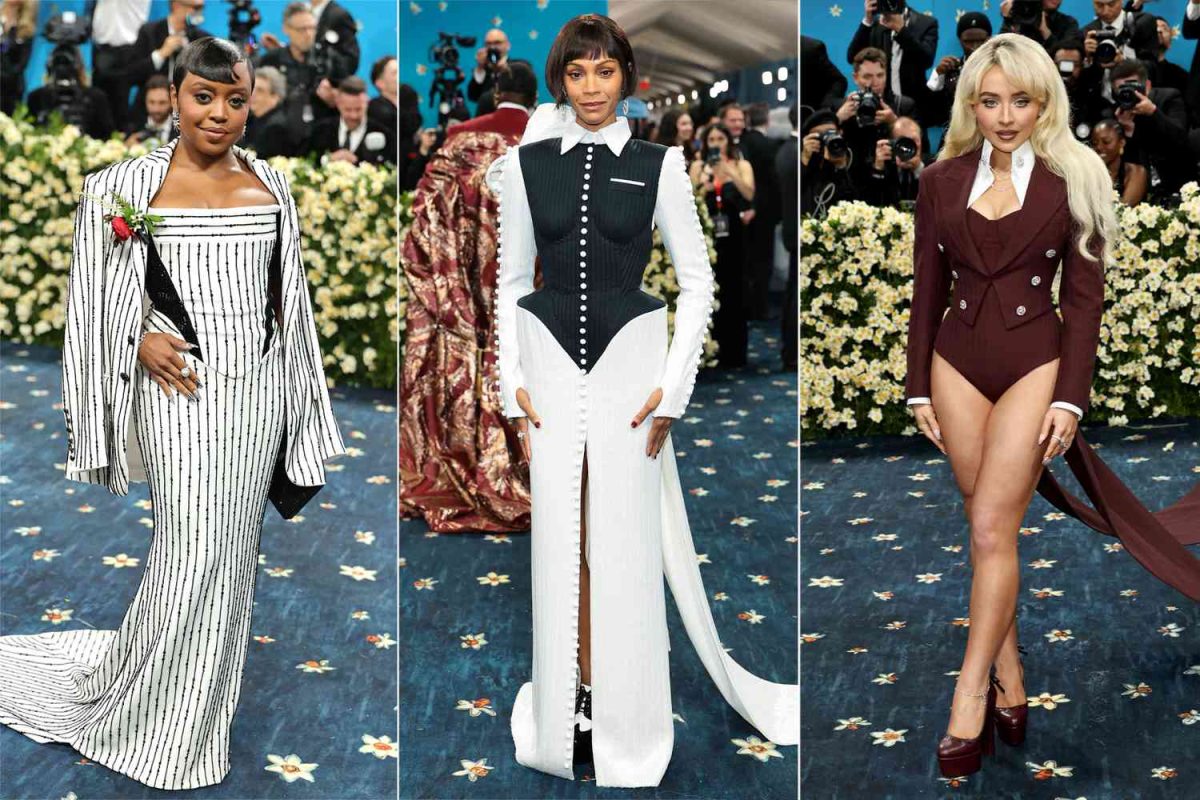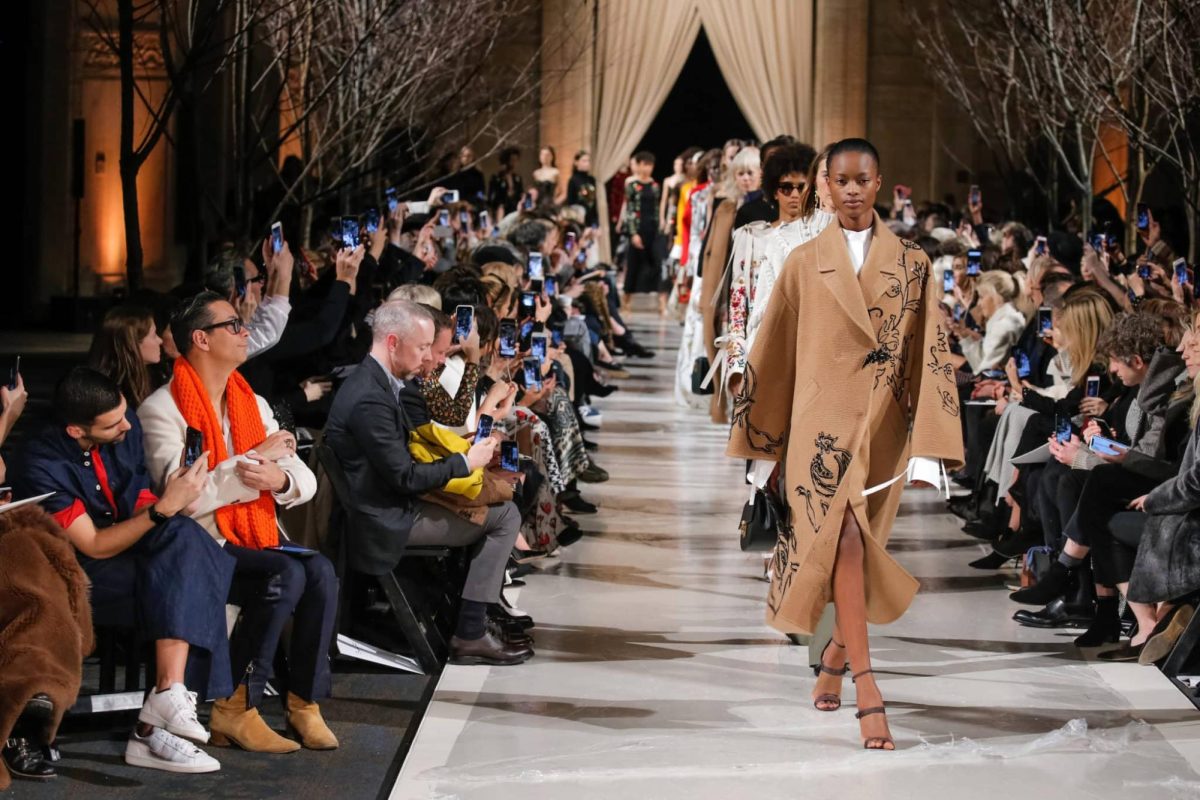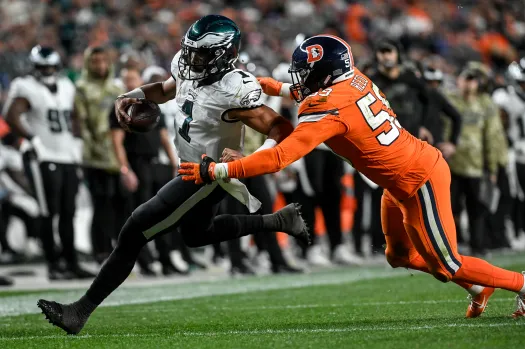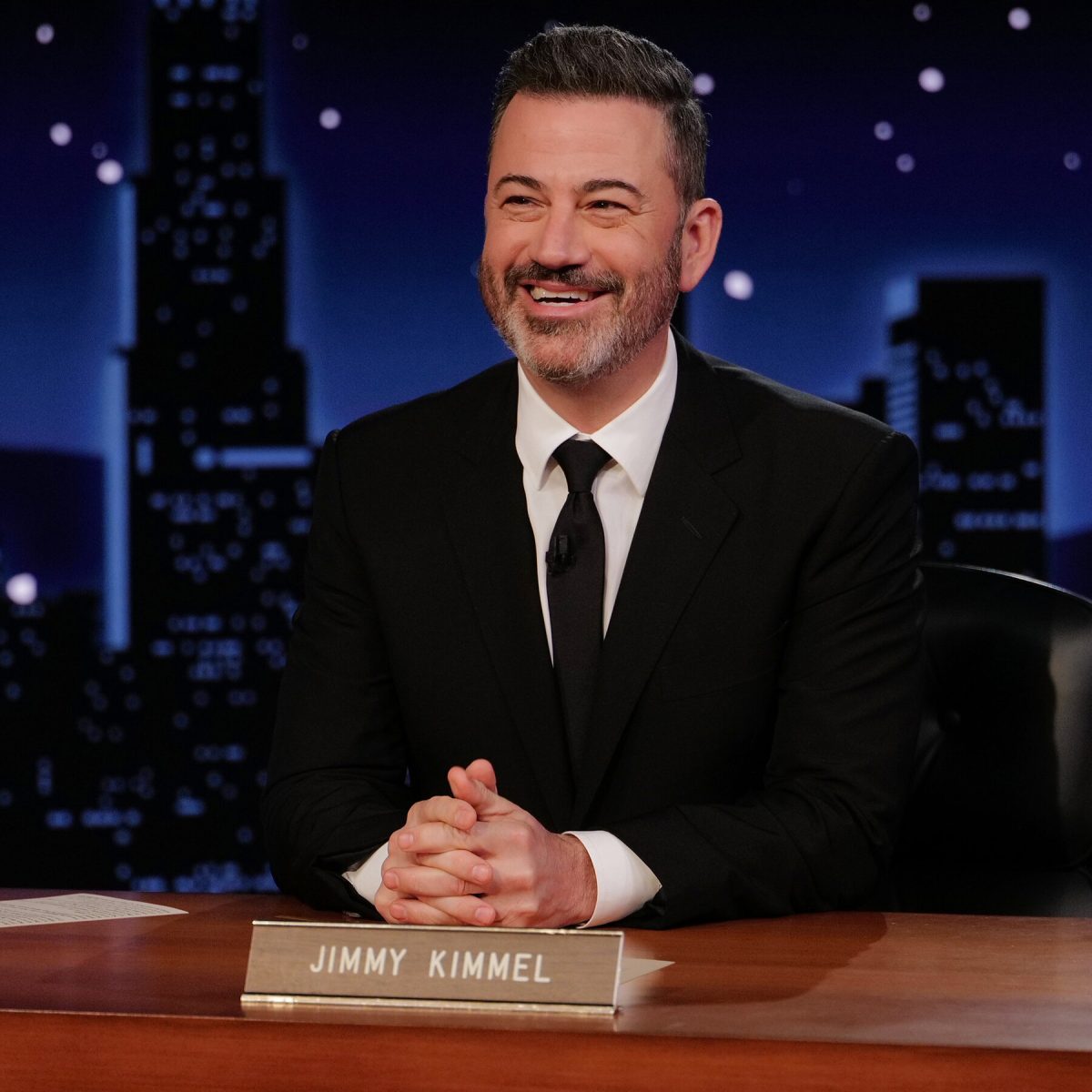How many gay or lesbian film or television characters can you think of right now? How about bisexual characters? Transgender characters? Of those characters, how many do you think are adequate representations?
LGBTQ representation in the media has never been outstanding. Most representation given during and before the 20th century was negative, if it even existed at all. In the 90s, there was more representation, but these characters were typically based on stereotypes: flamboyant gay men and contrastingly gruff lesbians were and still are common stereotypes. Bisexuals are often portrayed as promiscuous or, along with transgender characters, aren’t included at all.
These stereotypes are harmful for several reasons. First, they misinform people who aren’t members of the LGBTQ+ community. Second, they ostracize queer people, who may feel there isn’t a place for them in the community because they don’t fit the portrayal they see on-screen. The “bury your gays” trope is a distressing example of subpar representation. This trope, sometimes called “dead lesbian syndrome,” is the frequent occurrence of queer characters dying or otherwise not getting a happy ending. In a study by Austrosaddle, it was found that, from 1,779 US TV shows from 1976 to 2016, 11% of these shows featured lesbians or bisexual female characters. Of those 11%, 35% had a lesbian or bisexual female character die. Only 10% of the shows gave a lesbian or bisexual female character a happy ending. These recurring tropes are harmful to queer people, especially younger queer people. They send the message that there is no chance for queer people to grow old and be content with their lives, which is simply not true.
This is why groups like Compass are important. LGBTQ+ representation in the media is often nonexistent or inadequate. It is crucial that LGBTQ+ people, youth in particular, have visible examples of actual people who are LGBTQ+. These groups need to be supported in order to help members of the community feel less alone. To me, they embody community strength and resilience. They have built a community even as the media around them tries to enforce the message that it isn’t possible, and they continue to fight for better representation in all aspects of life. It is important that everyone, not only members of the LGBTQ+ community, is vocal about the need for more and better representation. Not just on-screen: we need more queer writers and directors in order to avoid these harmful stereotypes which are all too common.
Good representation is important. It de-stigmatizes queerness for those who aren’t part of the community; it tells a wider range of stories; and it makes members of the LGBTQ community feel included, and provides them with hope for their own future.
Sources:








